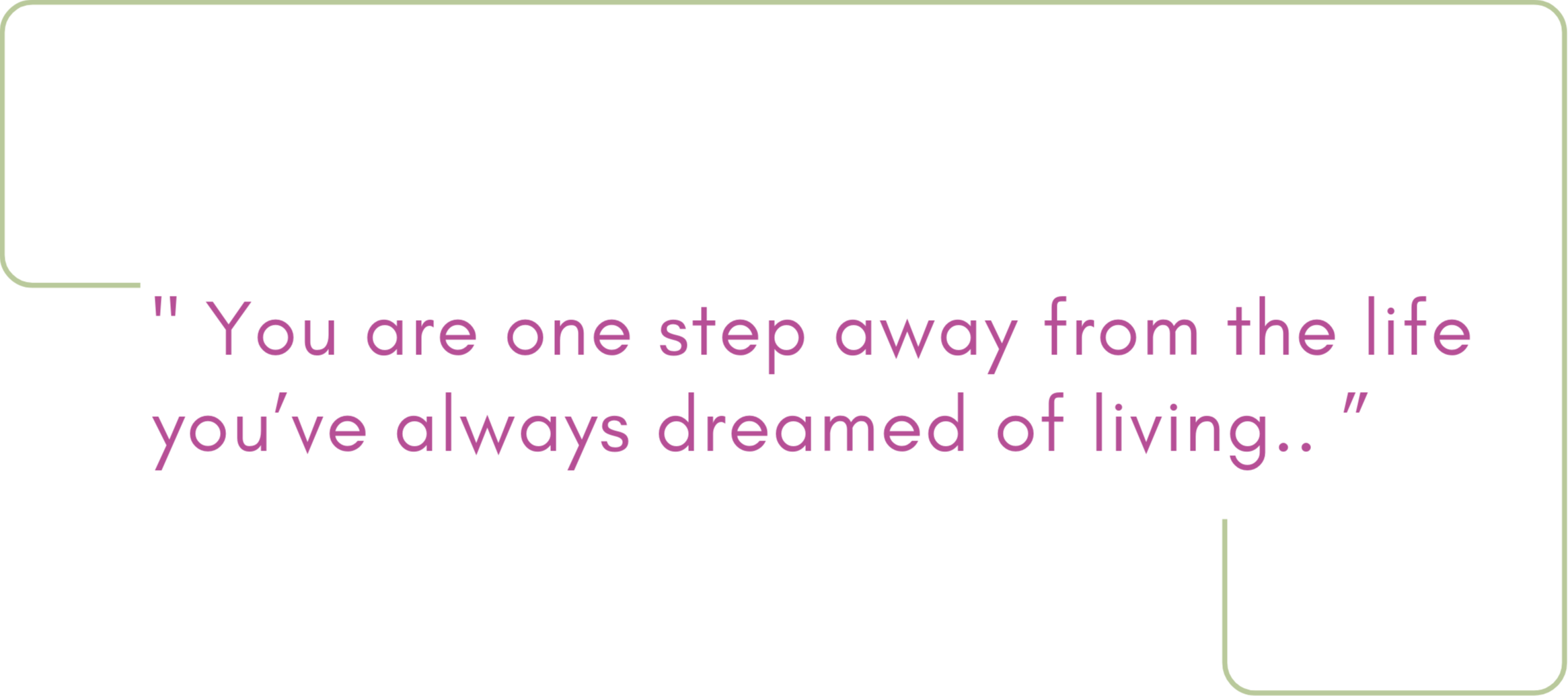It’s time to thrive and grow.
Our customized programs guide our clients achieve meaningful life changes

Individual Programs
Experience lasting change with personalized support.
Tailored sessions for individuals to foster wellness and fulfillment through 1:1 coaching or group sessions.

Business Programs
Investing in your team's growth fosters engagement and success.
Customized sessions for teams and organizations to empower resilience, efficient leadership, and reduce employee attrition.

Talks and Engagements
Learn from a certified expert in health and workplace wellness.
Private speaking engagements, presentations, and brand collaborations that share expert knowledge, inspiring success stories, as well as motivational tips and activities.

Hear it from our clients' success stories



Don't miss our bi-weekly newsletter!
Start your wellness journey by joining supportive community.
Get the latest health and wellness updates, events, tips , and insights
sent to your inbox every two weeks.
We won't send spam. Unsubscribe at any time.










